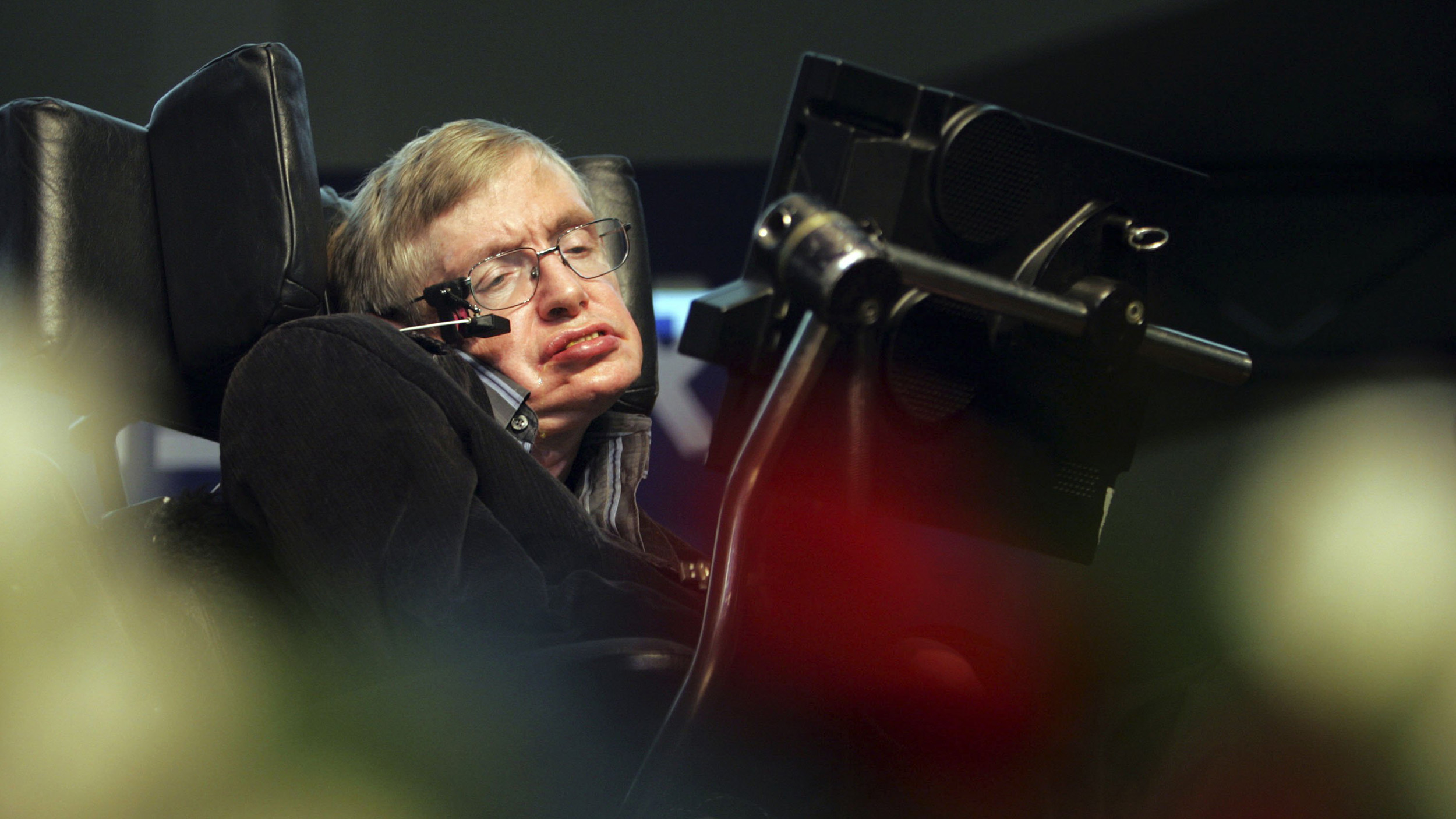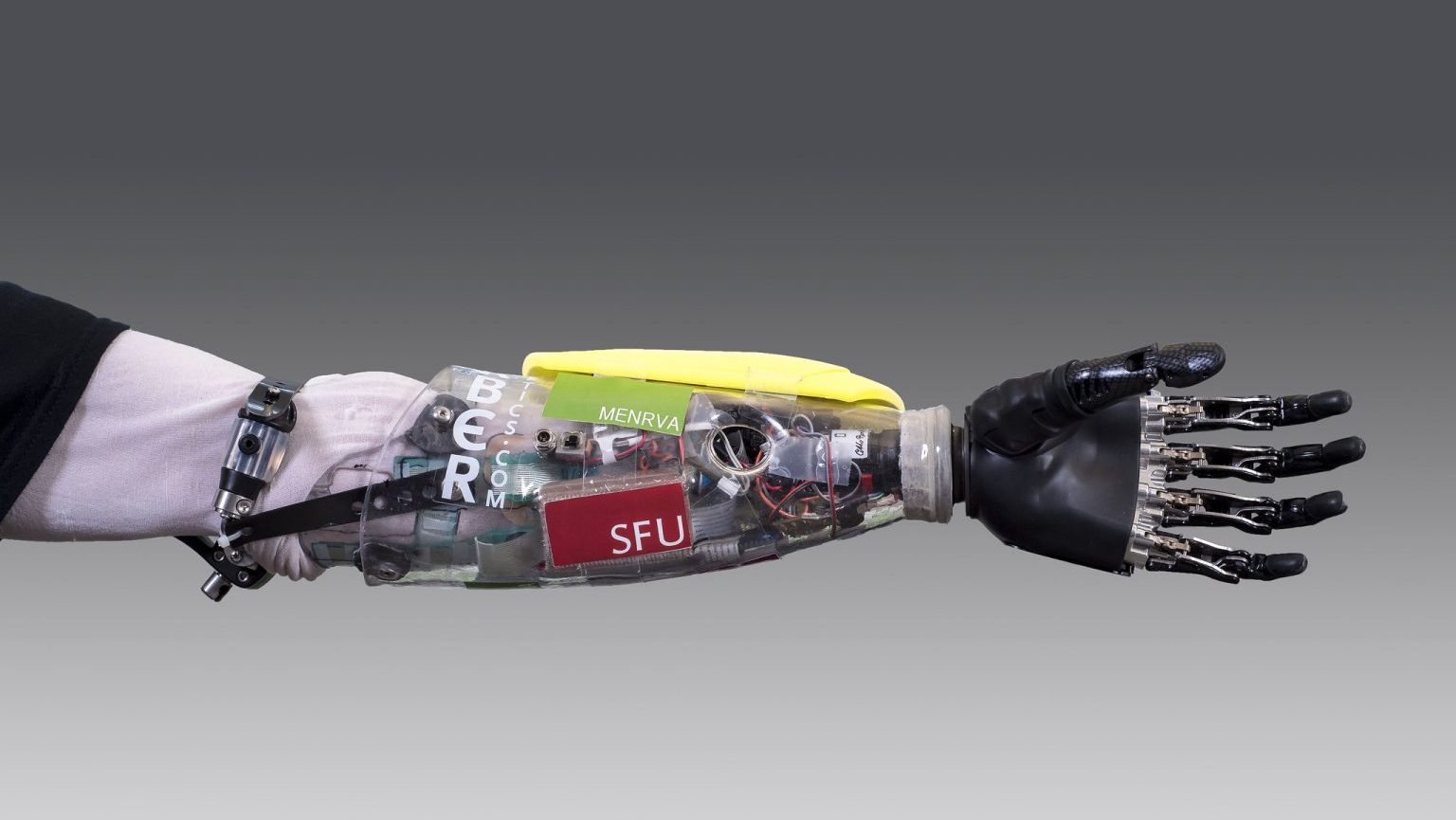The Growing Hipness of Mobile Wellness

Your mobile wireless carrier may soon have a say in the way you think about health and wellness. AT&T, through its Emerging Devices unit, plans to offer for sale health-tracking clothing equipped with wireless sensors that enable you to track your heart rate, body temperature and other vital signs — and then send all this data to a site where a physician can access it. The first offering will be a version of the E39 body compression shirt, originally designed by Under Armour for the NFL scouting combines and other world-class athletic competitions. Now imagine yourself as a high-performance weekend athlete, effortlessly transmitting your heart rate, skin temperature and activity levels to the Web.
That the “smart fitness” trend – which can be traced back to the Fitbit tracker – is now transforming into a broader “e-wellness” movement is not a coincidence. The biggest wireless network carriers – like AT&T – are under intense pressure to produce new revenue streams. The total mobile Internet penetration rates at these companies have hit a saturation point. They can advertise as much as they want, but there’s simply no one else who needs another mobile phone these days.
That’s where new product offerings like the E39 health-tracking shirt fit into the revenue equation – they are a way of ensuring additional usage of the nation’s wireless networks. While smart health-tracking devices and gadgets like the Fitbit have been around for nearly 3 years now, where they can start making money for the big AT&T’s of the world is when they can encourage users to transmit data non-stop. Constant, real-time information about heart rate and skin temperature once was the exclusive preserve of the world-class athlete. Now, it’s something that appeals to the hip, under-30 crowd — the same people who buy Under Armour and Nike and Adidas.
However, there’s an untapped new market for these offerings. Consider the huge population of Americans who have medical ailments or suffer from symptoms of chronic illness. If you have a medical ailment or are concerned about your health, the ability to keep medical providers updated with this information on a 24/7 basis suddenly sounds like the greatest thing ever invented. When it’s framed in this way, there’s a willing audience of new users who might never have previously considered buying a new mobile device: think of senior citizens who wouldn’t mind other people monitoring their condition around the clock. Or, think of first-responders the same way you might world-class athletes: they are not worried about their health — they simply want to push themselves to the limit on every play.
At a time when many Americans don’t even make time for their annual physical exam, the idea of being able to seamlessly transmit new types of health data to a physician makes sense. With the entrance of players like Under Armour and Jawbone into the market, it’s certain that these devices are not going to be annoying pieces of hardware that you strap to your body – they are going to be well-designed and aesthetically-pleasing pieces of high tech that seamlessly integrate into your lifestyle. Now that we’re approaching an intersection of technology, design and health, we could be witnessing an era where there’s a certain amount of hipness associated with wellness – and that could pay off big in reducing the nation’s future healthcare costs.
Woman In Training Equipment / Shutterstock





